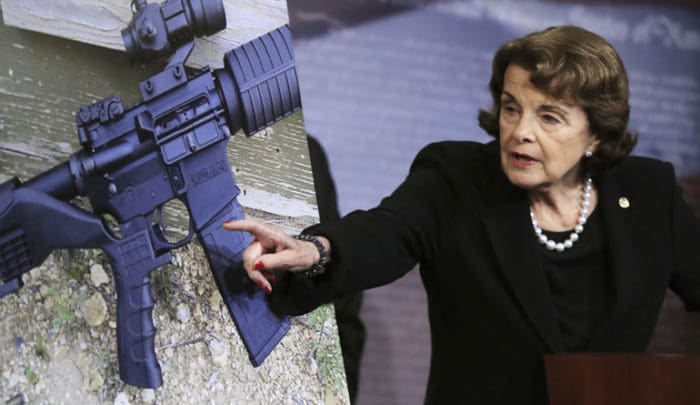US District Court Judge Gloria M. Navarro has dismissed a class action lawsuit brought against SlideFire Solutions as a result of the Mandalay Bay shooting. Her decision turned on whether a bump fire stock qualifies as a “component part” of a firearm under the Protection of Lawful Commerce in Arms Act, and is therefore protected from liability due to criminal misuse of an otherwise legal product.
A Federal Judge for the District of Nevada issued an order on September 17th dismissing a class action lawsuit against Slide Fire Solutions, makers of the notorious bump-fire stock. Slide Fire had filed a motion to dismiss the lawsuit pursuant to Federal Rule of Civil Procedure 12(b)(2) (which governs personal jurisdiction) and 12(b)(6) (which covers failures to state a claim for which relief can be granted). …
PLCAA was enacted by Congress upon finding that manufacturers and sellers of firearms “are not, and should not, be liable for the harm caused by those who criminally or unlawfully misuse firearm products . . . that function as designed and intended.” Ileto v. Glock, Inc., 565 F.3d 1126, 1135 (9th Cir. 2009) (quoting 15 U.S.C. § 7901(a)(5)). Simply put, the statute requires Courts to immediately dismiss “qualified civil liability actions“. The term encompasses a few different things, but for the purposes of this discussion will mean civil actions “brought by any person against a manufacturer or seller of a qualified product . . . for damages . . . or other relief, resulting from the criminal or unlawful misuse of a qualified product by the person or a third party…” Just as a quick aside, there are exemptions to this general rule, which you can find in the definition here.
Based on the definition above, the Court was left to wrestle with whether a bump-fire stock was a “qualified product“. In order to qualify, the bump-fire stock needed to be found to be a firearm or a component part. Of course, Congress did not define the term “component part” which meant that the Court had to give it meaning. Each party gave differing interpretations, Slide Fire arguing that it was a component part based on ATF’s guidebook and ATF’s determination letter, while the Plaintiff’s argued that they were accessories because “they are added after a consumer purchases a fully functional rifle, require post-purchase installation, and are advertised as a way to “enhance” or “overhaul” a rifle in Slide Fire’s promotional catalog”.
The Court ultimately sided with Slide Fire on its interpretation that a bump-fire stock was a “component part”. The Court found, and the parties did not dispute, that a stock was a component part of a rifle.
Read the rest of Adam Kraut’s post on the decision here.
